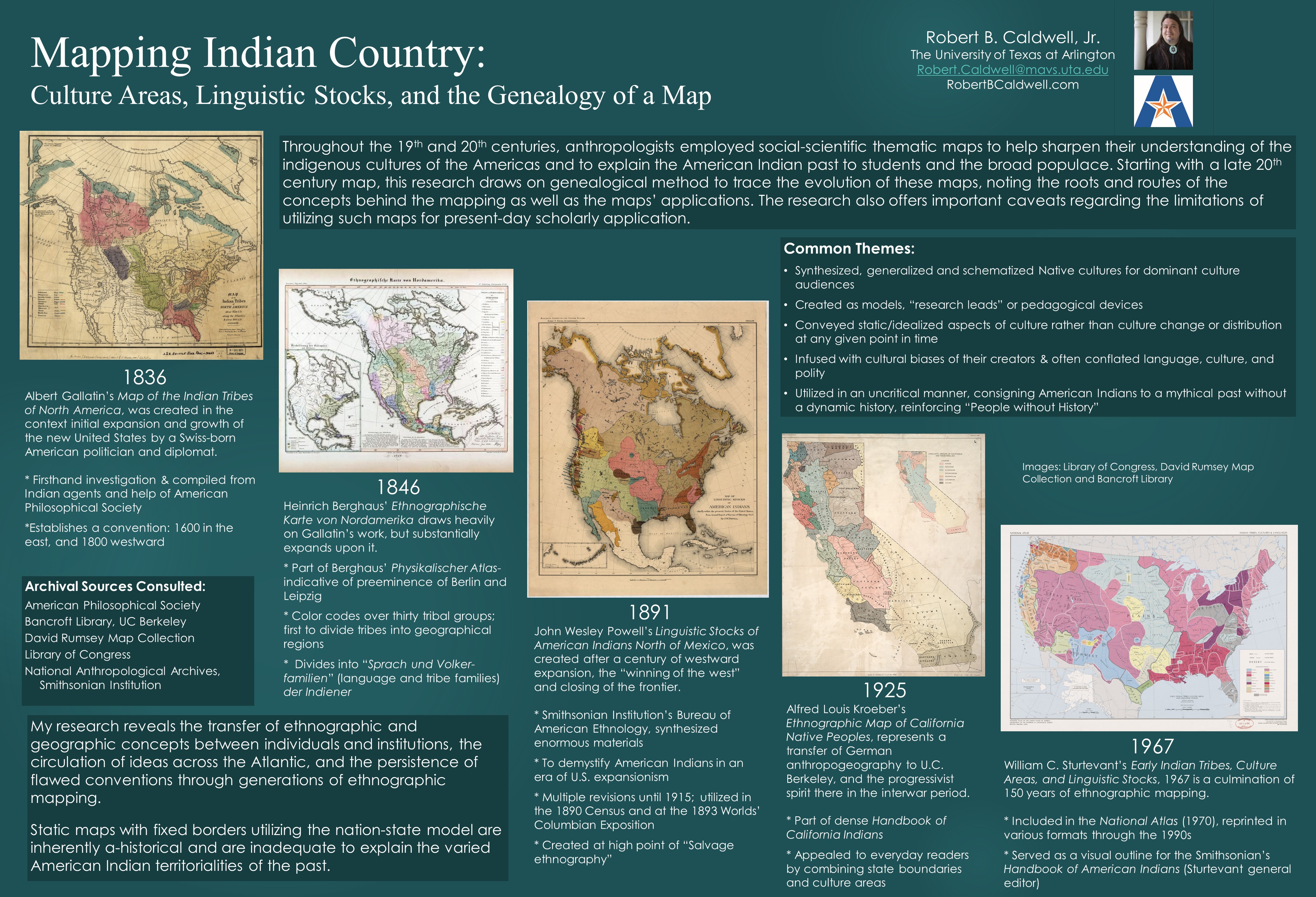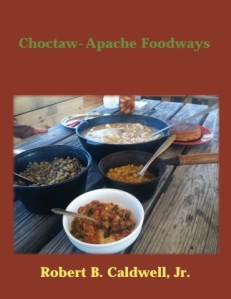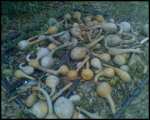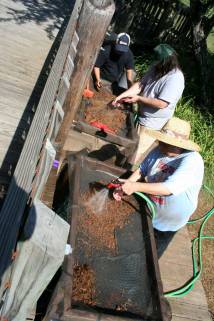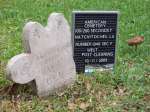Robert Caldwell is an Assistant Professor of Indigenous Studies and Graduate Director of Indigenous Studies at the University at Buffalo (SUNY).
He is a Fellow of the Humanities Institute 2023-2024, and was a Fellow in the Ethics and the Common Good Faculty and Staff of Color Program 2022-2023 and a fellow in Race, Indigeneity, and Settler Colonialism in Global Perspective at the Institute for Holocaust, Genocide, and Memory Studies, 2021-2022. He was also the 2020-2021 Katrin L. Lamon Resident Fellow at the School for Advanced Research and Jay and a Deborah Last Fellow at the American Antiquarian Society.
He has worked as a Visiting Assistant Professor of Native American and Indigenous Studies at Hampshire College. He has taught American Studies at Brown University in Providence, RI and History at McNeese State University in Lake Charles Louisiana; his first tenure-track appointment was Assistant Professor of History and Geography at SOWELA Technical Community College. Prior to that he was a Library Digitization Specialist and Postdoctoral Research Fellow at the University of Texas at Arlington where he completed the Doctorate in Transatlantic History in August 2018.
Robert’s interests include history of cartography, ethnohistory, foodways, the study of colonialism and imperialism, migration history, revolutions, and Native American and Indigenous Studies.
Click here to view Robert’s Curriculum Vitae . For more details, see the ABOUT section of this portfolio. Thank you for visiting.
ONLINE MEDIA
“Louisiana Choctaw” Louisiana Anthology Podcast (Forthcoming, recorded on March 18, 2024 ) https://louisianaanthology.blogspot.com/
Robert Caldwell “Powwows, Foodways, and Passing the Ball,” Bvlbancha Public Access November 16, 2021 https://www.youtube.com/watch?v=l820QjoJbIY
“Choctaw-Apache Foodways” Louisiana Anthology Podcast November 18, 2016
“Choctaw-Apache Foodways 2” Louisiana Anthology Podcast November 25, 2016
The River Bottom (Co-produced with Ava Lowery and John T. Edge) Southern Foodways Alliance, 2016






 The American Historical Association Annual Meeting Jan 3-5 2020 New York City Robert B. Caldwell Jr. PhD,
The American Historical Association Annual Meeting Jan 3-5 2020 New York City Robert B. Caldwell Jr. PhD, 